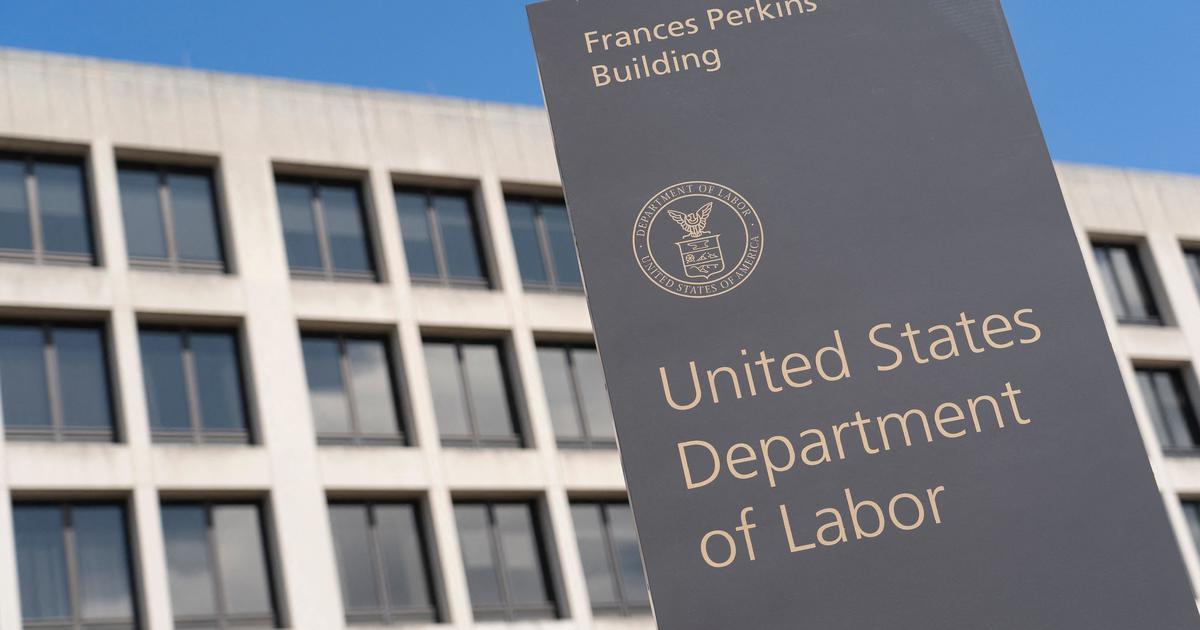Rim Fire: What Should Happen To Charred Trees Left By State's No. 3 Largest Wildfire?
STANISLAUS NATIONAL FOREST (CBS13) — Hundreds of thousands of acres of charred trees from last summer's devastating Rim Fire are starting to rot, setting the stage for a fight over what to do with the trees.
The Rim Fire was the third-largest fire in California history, leaving more than 250,000 acres charred. But now the U.S. Forest Service is charged with getting the land back to what it once was.
The roar of the flames is long gone, but the destruction of 150,000 acres of land in the Stanislaus National Forest remains.
Officials are now left to make decisions that will have an impact hundreds of years later.
Nine months after the last smoldering ember, forest officials are preparing to log those dead trees to thin out potential fuels and reduce future fire threats.
"What we are trying to do is hopefully get this landscape so that the fuel loading are such when a fire revisits this landscape, it doesn't burn to such high severity," said Rob Griffith with Stanislaus National Forest.
Clearing the land will also give the forest service more than 600 million board-feet of the timber it can sell.
But environmentalists like Justin Augustine are fighting to keep the burned trees where they stand.
"These burned trees have just as much ecological value as green trees," he said.
The forest service has laid out its plans in an environmental-impact statement. The service makes no secret the possible negative impacts of logging, but Augustine claims the damage will be too great.
"It seeks to destroy some of the most important and rare wildlife habitat that exist in the Sierra," he said.
That fragile habitat belongs to birds like the black-backed woodpecker.
"They've really created a niche by being able the only species to get into these trees make their homes and eat the beetles that come to forest post-fire," he said.
Forest officials contend environmentalists aren't looking at the entire 150,000 acres the government has to manage, and are focused on the area to be logged.
"We know as the footprint of the Rim Fire when we consider the whole fire, and not just the small areas where we are proposing activities that more than 75 percent of the black-back woodpecker will have adequate habitat," Griffith said.
The fight whether to keep the trees or log them may not last long as the public comment period ends on June 16. After that, the logging can begin.
Once the clearing is complete, the next step will be to look at how and if the new trees need to be planted in the burned areas of the forest.
The forest service says eight of their 10 campsites in the Stanislaus National Forest will be open this weekend.



